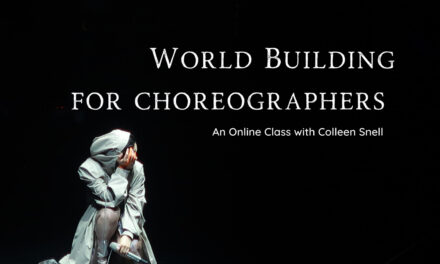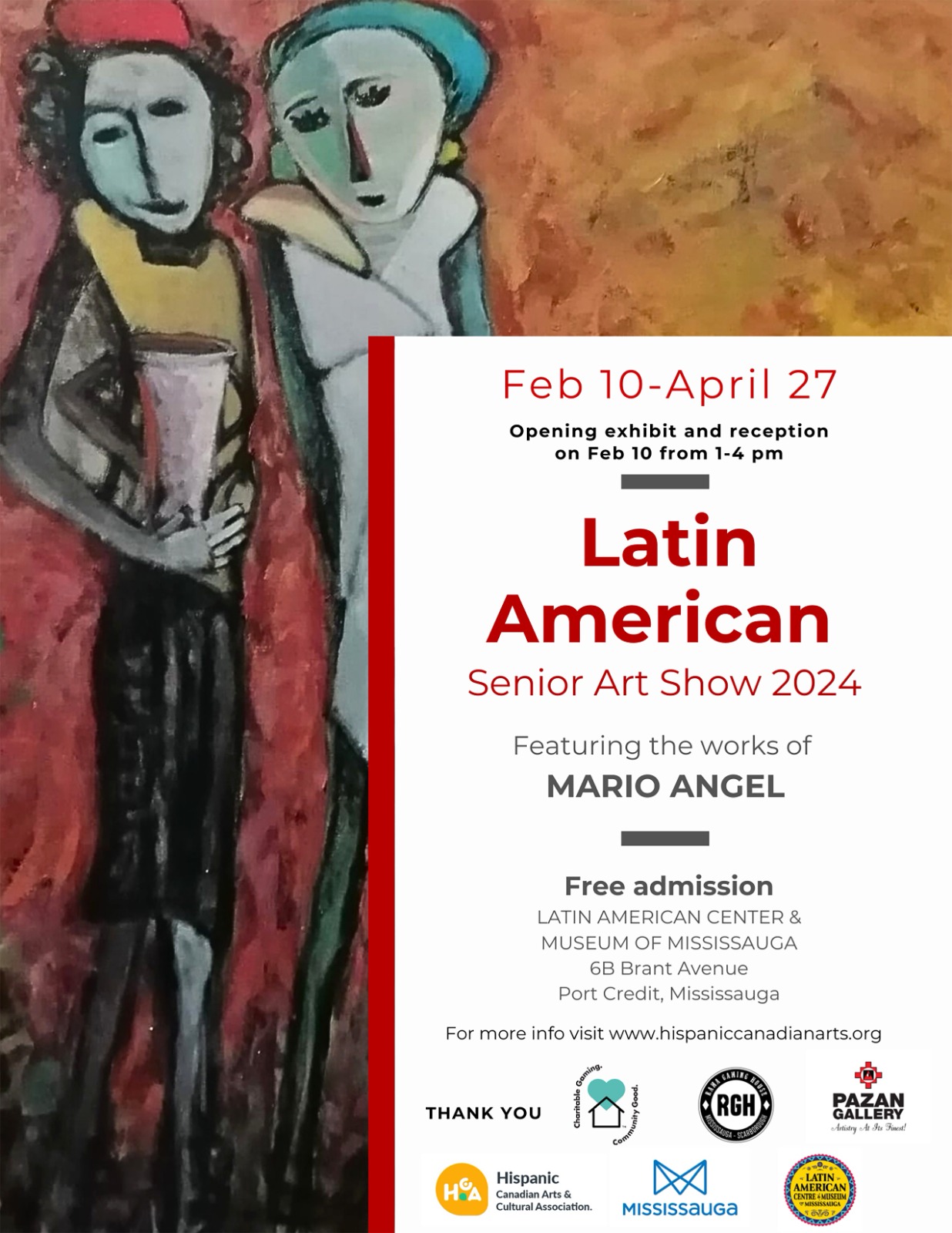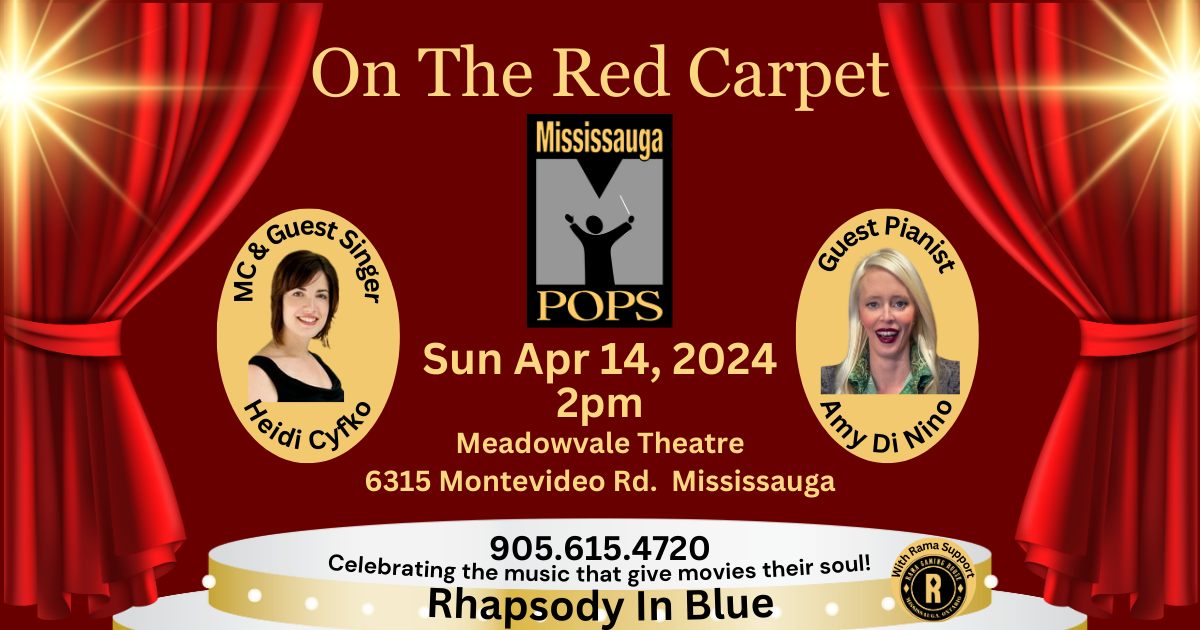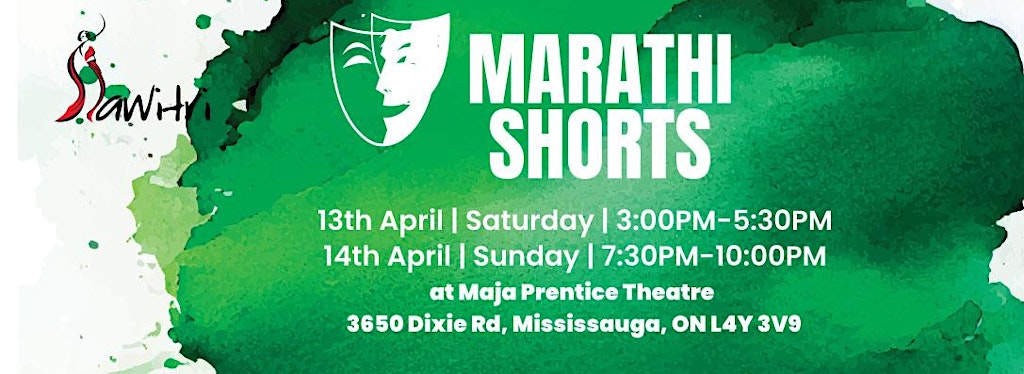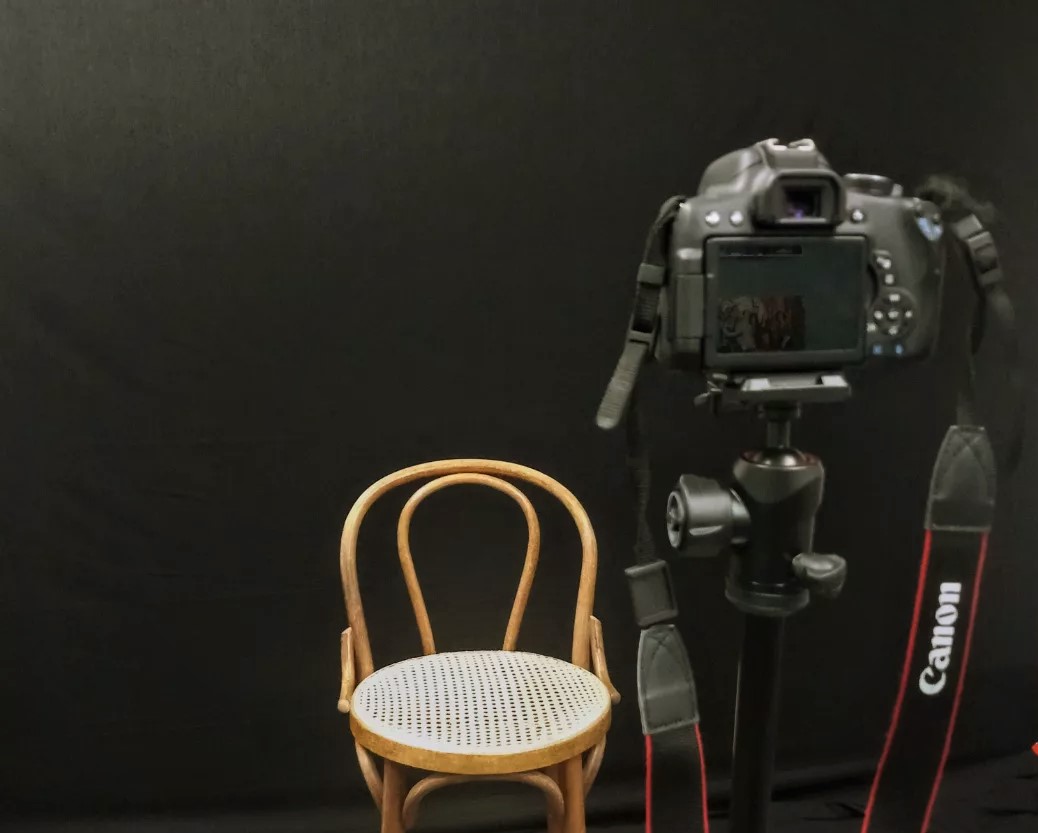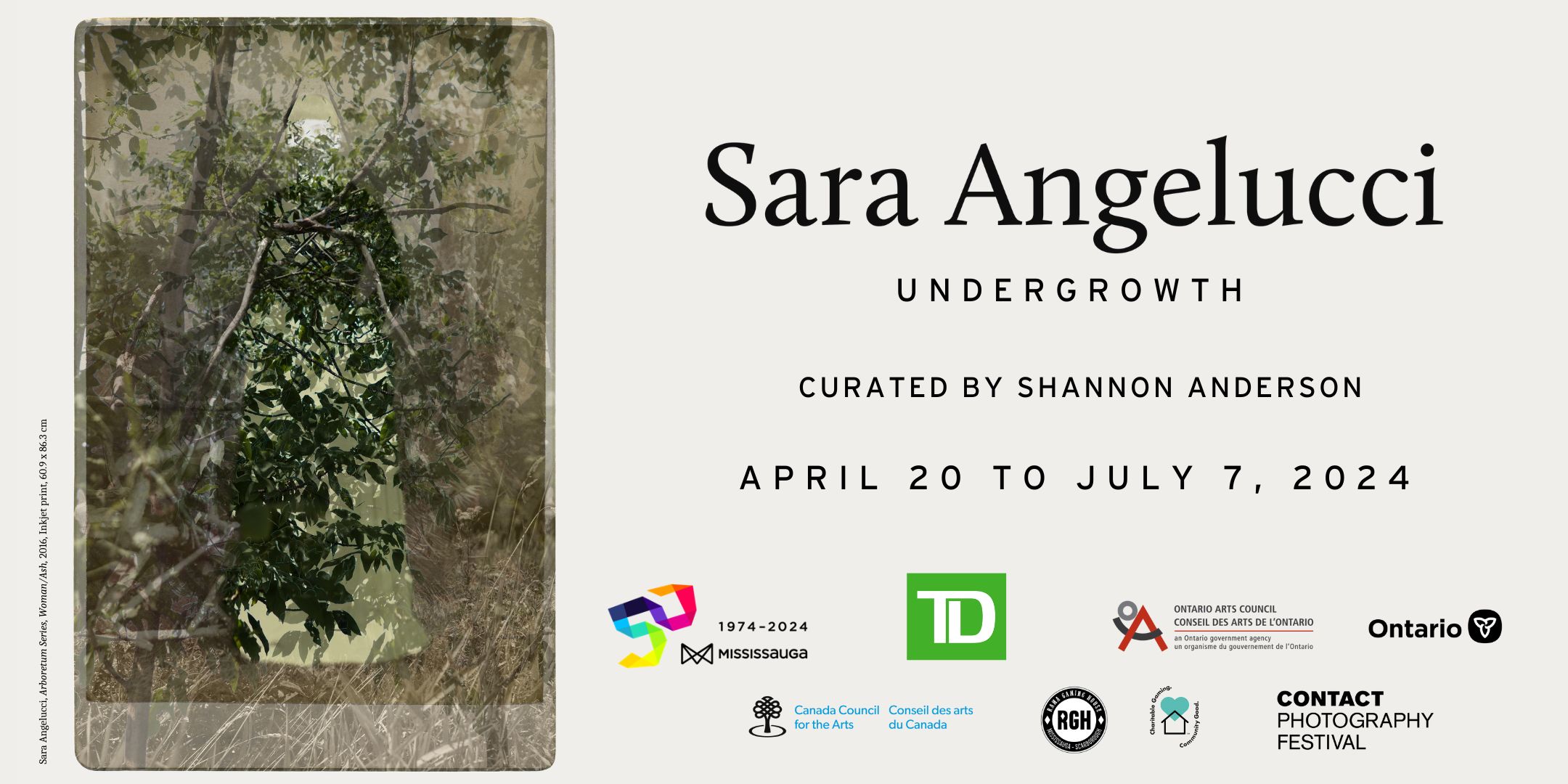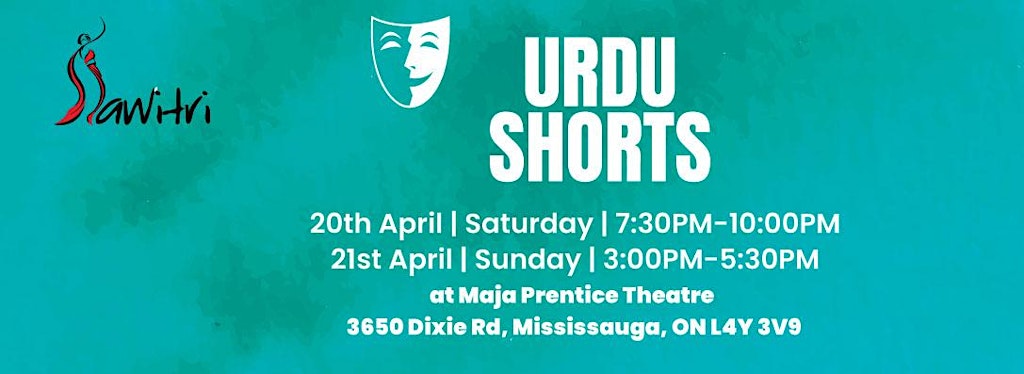Another indicator of the precarity of cultural workers
From HILL STRATEGIES (KELLY HILL). APR 11. Preview article.
“Reliable income data are tough to come by in the arts. This is especially true now, given that the 2021 census captured incomes in 2020, i.e., the toughest year for pandemic shutdowns.
Today’s post investigates another source of earnings data: 2022 averages from the Labour Force Survey. As you’re probably used to reading from me, unless you’re a newcomer to this newsletter (welcome!), data on the arts are imperfect. This data source is no exception to that.
Earnings data from the Labour Force Survey exclude self-employed workers. Because artists have very high self-employment rates, many of them are therefore excluded, along with other self-employed cultural workers. However, those self-employed artists and cultural workers who have an employed position in their main job are included.
The Labour Force Survey, even using annual averages, doesn’t have a large enough sample size to delve into occupation-by-occupation details. I’m therefore relying on three readily available occupation groupings: “professional occupations in the arts and culture”; “technical occupations in the arts and culture”; and (other) “occupations in the arts, culture, and sports”.
The post explains the occupations included in (and excluded from) each summary grouping and compares professional and technical occupations to similar groupings in other areas of the economy.
The data include both full-time and part-time employees.
Today’s post sticks with the nationwide picture. Next week, I’ll analyze provincial data on the same topic.
The median hourly wage of professionals in the arts and culture is about $6 below the typical level for groupings of professional workers in other areas of the economy.”




